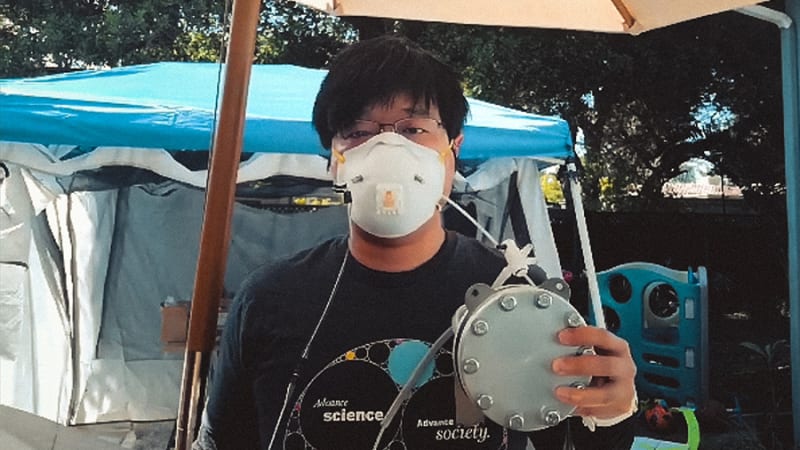Audi Repair Shop Doylestown
Call 267 279 9477 to schedule a appointment

In turning global focus and investment to personal protective equipment, the novel coronavirus has created novel types of and manufacturing techniques for PPE. Popular Mechanics noticed engineers at Stanford who normally spend their days working on hydrogen fuel cell technology have developed a new type of N95 respirator that restores oxygen lost due to wearing the mask. Researchers say an N95 mask can reduce oxygen to the lungs by 5% to 20%. The innovation targets those who need to wear face masks for extended periods and those with underlying health conditions that react especially badly to reduced oxygen intake. With expertise in FCEV electrochemical processes that involve O2, a lab team developed two types of respirators that pull pure oxygen from either water or chemical elements, and pipe the gas to the wearer.
Research scientist John Xu — a mechanical engineer by training — and his colleagues work in a Stanford lab headed by Friedrich Prinz, which investigates “a wide range of nano-fabrication technologies … employed to build prototype fuel cells and capacitors.” Xu and his colleagues designed one mask to harness electrolysis of water, or “water splitting.” By running an electrical current through water, the electrons in the current compel the H2O molecules to break into pure hydrogen and oxygen. The system then sends the oxygen to the wearer and uses the hydrogen as fuel to help power more water splitting.
We’ll let Xu explain the second technique: “The other reaction we’re working on involves moving oxygen-containing anions – a negatively charged atom or atoms – through a membrane to isolate the oxygen on one side where it can be collected and directed to the mask.” This sounds like a version of a common industrial process called membrane gas separation, which has been investigated for years as a large-scale method for CO2 capture to reduce greenhouse gas emissions at power plants.
The working prototype has a tube running from the mask to a small box, worn at the waist, where the electrochemical process happens. The Prinz Lab crew is working with researchers in another lab “to make it a wearable pneumatic device with additional engineering physics and user-experience design modifications.”
Since sickness and health hot spots won’t go away even if the Covid-19 does, the Stanford respirator could be an enormous boon for medical personnel and patients. Chatter about N95 mask usage and the drawbacks is a perennial topic in healthcare circles, as an article from 2009 shows, breaking into the public at times such as during the recent California wildfires in 2018. More than one usage guide urges caution for people “with chronic respiratory, cardiac or other medical conditions that make breathing difficult” to clear wearing a mask with their doctors, and one small study showed physiological changes while wearing a mask left airways restricted for more than an hour after taking the mask off. Xu didn’t have a timeline for when the device would be ready, but the lab wants to get it to healthcare professionals as soon as possible.
Related Video:
from Autoblog https://ift.tt/3eEwgEy
